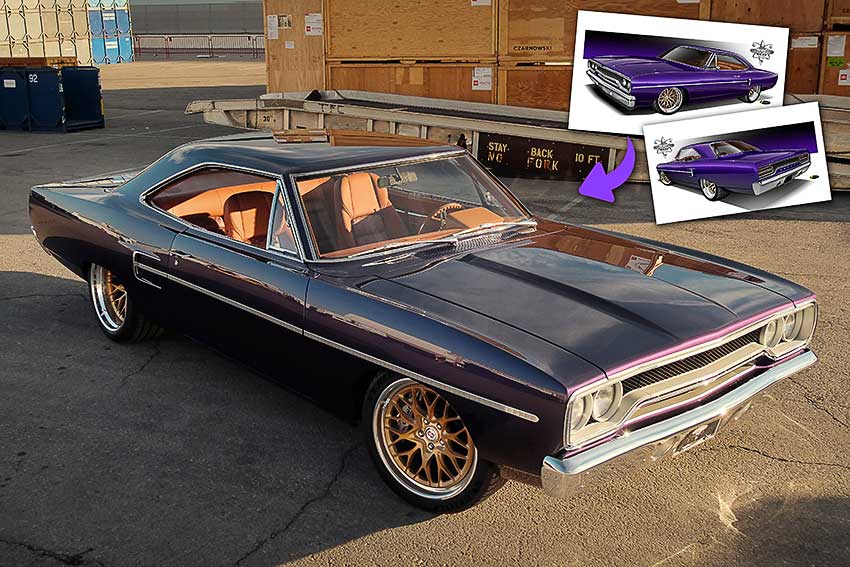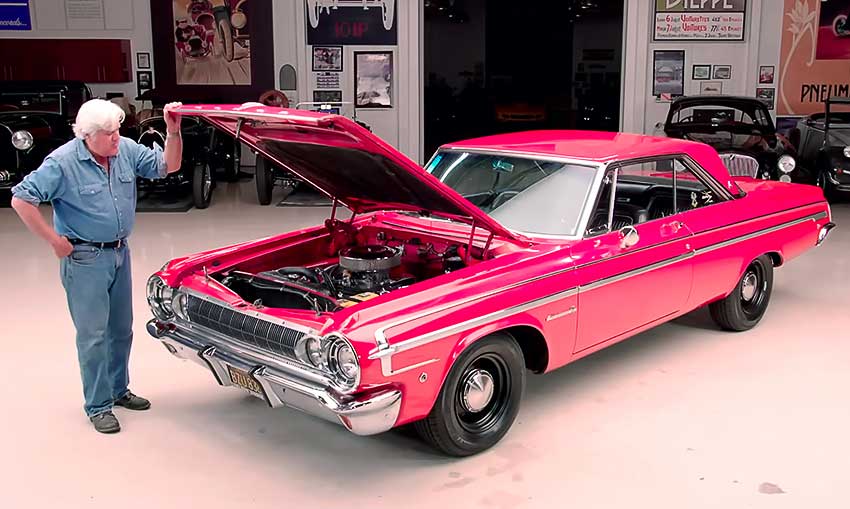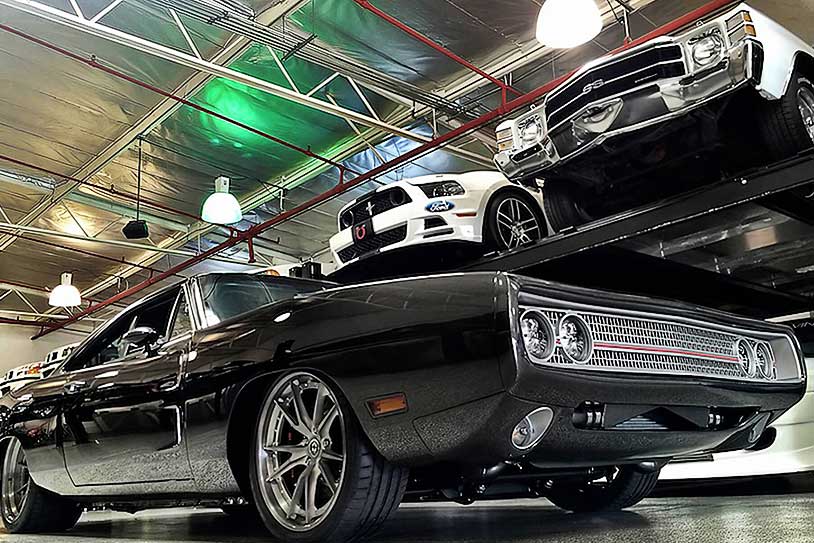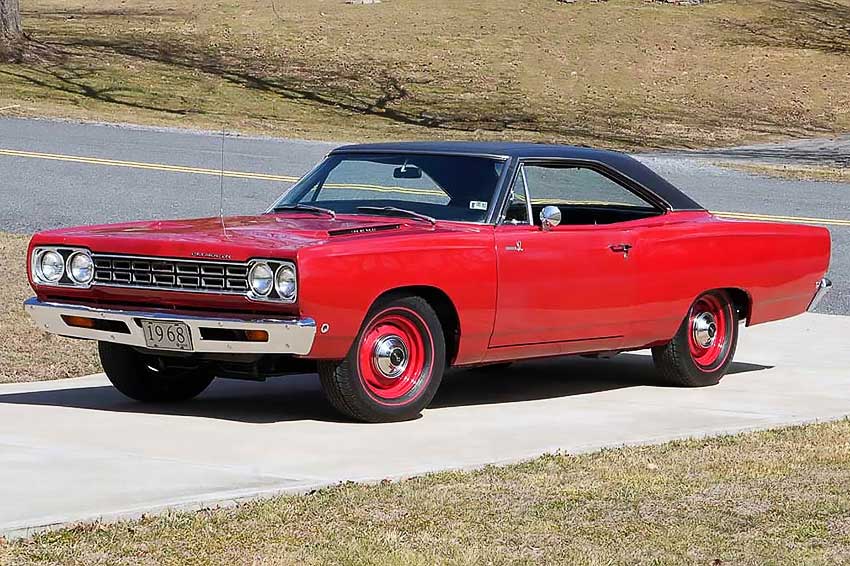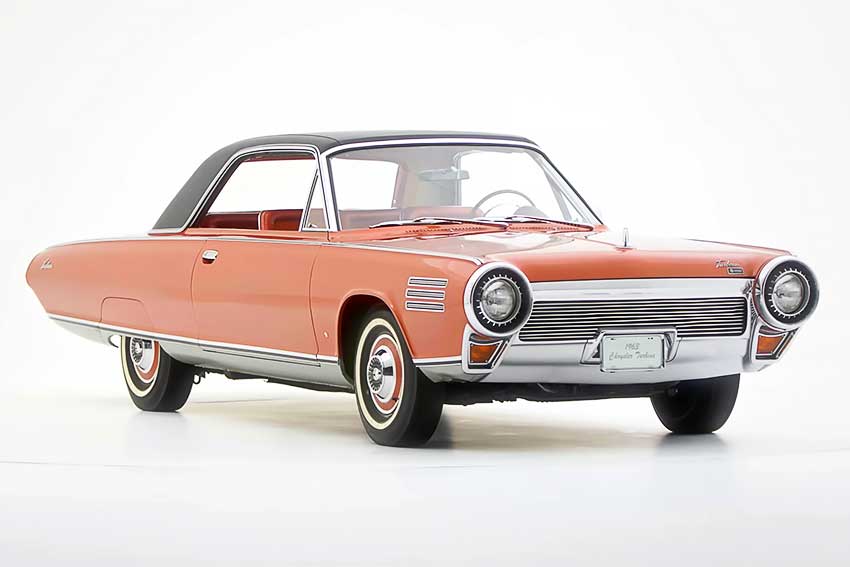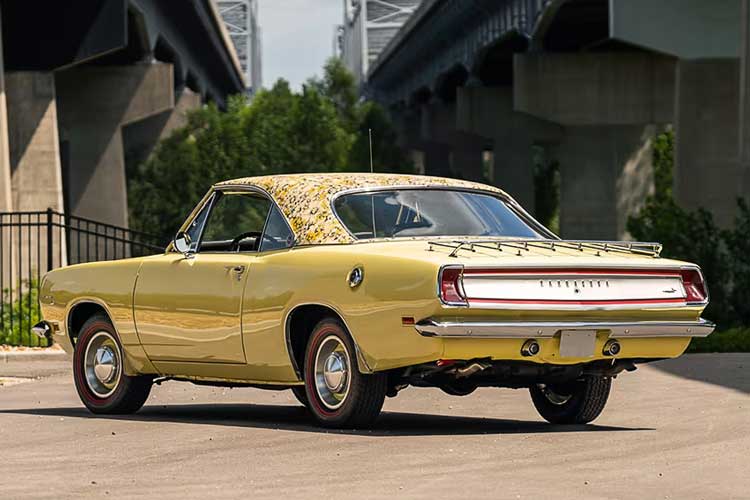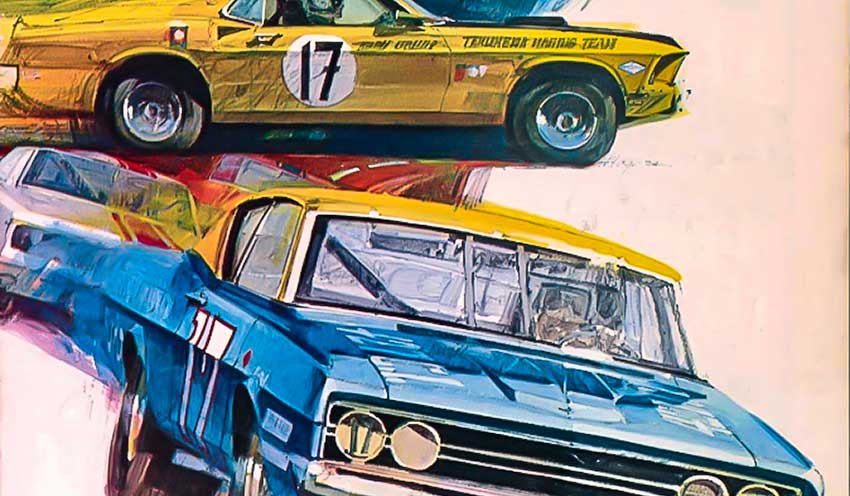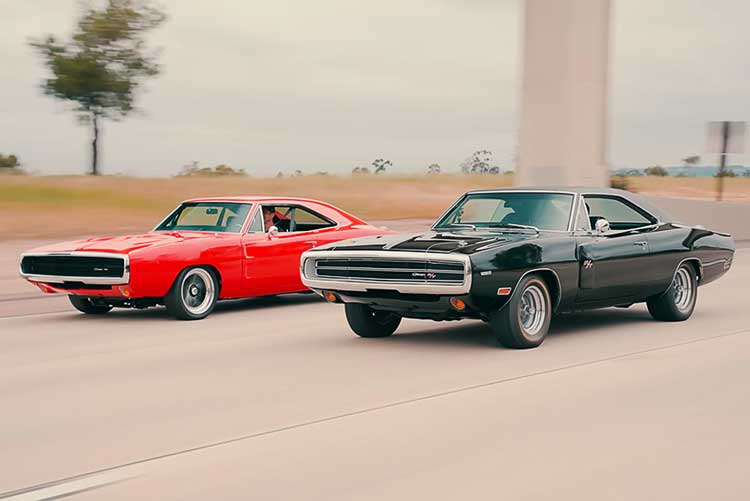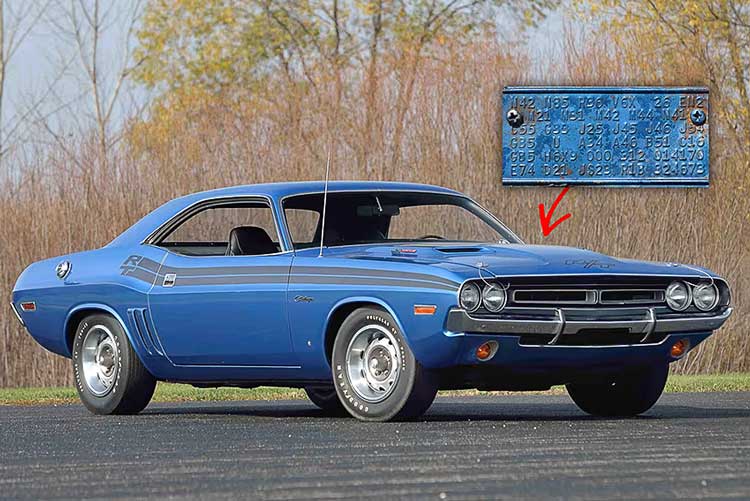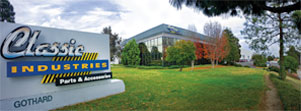Every November, the SEMA Show in Las Vegas serves as a mecca for all things automotive. Restoration shops and aftermarket parts manufacturers use the SEMA Show as an opportunity to unveil their latest projects, often in the form of a custom car parked in their booth. Suspension manufacturer Heidts teamed up with Steve Strope of Pure Vision Design to create this incredible 1970 Road Runner. The project was dubbed Haraka, which means "speed" in Swahili.



